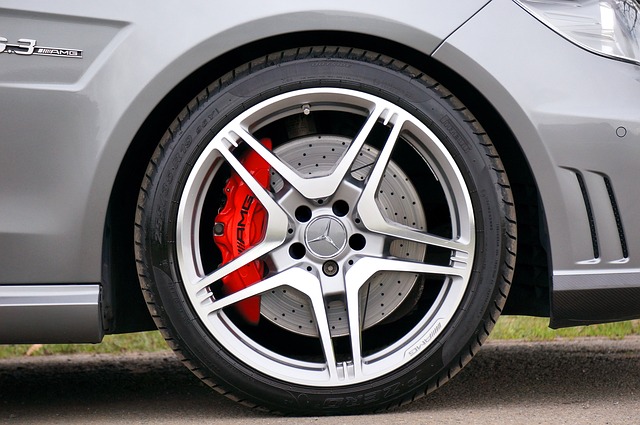How often do you check your tire pressure? You probably already know that tire pressure is important when it comes to safe driving, but it can also cost you money if you don’t keep an eye on it.
Temperature really affects your tire pressure! The tire pressure then affects your tires’ grip. It’s important to know that under-inflated tires are costing you more money, and how improperly inflated tires will wear down much faster. According to multiple publications, you can assume that tire pressure goes down 1 PSI when the ambient temperature goes down 10 degrees Fahrenheit. If the temperature increases, so does the tire’s PSI. This can be dangerous in the winter time because you could be driving on under-inflated tires if you haven’t check them since the summer. When it comes to tire grip, low pressure in your tires can give you more of it on a warm, dry day. If you’re driving on a wet surface, however, low tire pressure significantly increases your chances of hydroplaning.
If you want to keep your car’s fuel economy at its peak, experts say that it’s best to avoid driving on under-inflated tires. Less tire pressure means more rolling resistance, and that means more energy is required to keep your cruising. Lastly, improper tire pressure can cause tires to wear faster than normal and greatly reduce their life. An over-inflated tire will have more wear in the center of the tire, and an under-inflated tire will have more wear on the outsides of the tire. The bottom line is you should always be checking your tire pressure and adjusting it to the manufacturer’s recommended levels—not just for your safety, but also to save you money in the long run.

